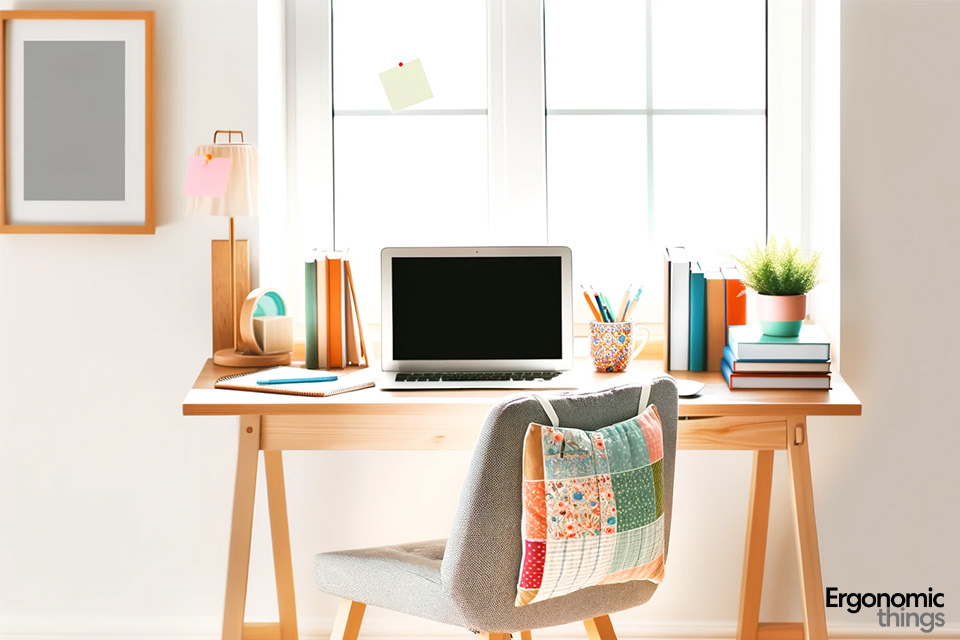In today’s fast-paced world, where many of us find ourselves glued to our desks for the better part of the day, creating an ergonomic workspace is not just a luxury—it’s a necessity. But, what if I told you that improving your work comfort doesn’t have to break the bank or require fancy equipment? That’s right! With a few simple, do-it-yourself hacks, you can transform your current workspace into an ergonomic haven, boosting your productivity and wellbeing. Let’s dive into how you can achieve this with items you likely already have.
Understanding Ergonomics
Before we embark on our ergonomic journey, it’s crucial to grasp what ergonomics entails. In a nutshell, ergonomics is the science of designing the workplace to fit the user, rather than forcing the user to fit the workplace. It’s about making your work environment as comfortable and efficient as possible, minimizing strain and the risk of injury. Imagine wearing shoes that are the right size for you—ergonomics is about ensuring your workspace ‘fits’ you just as well.
The Chair: Your Throne of Comfort
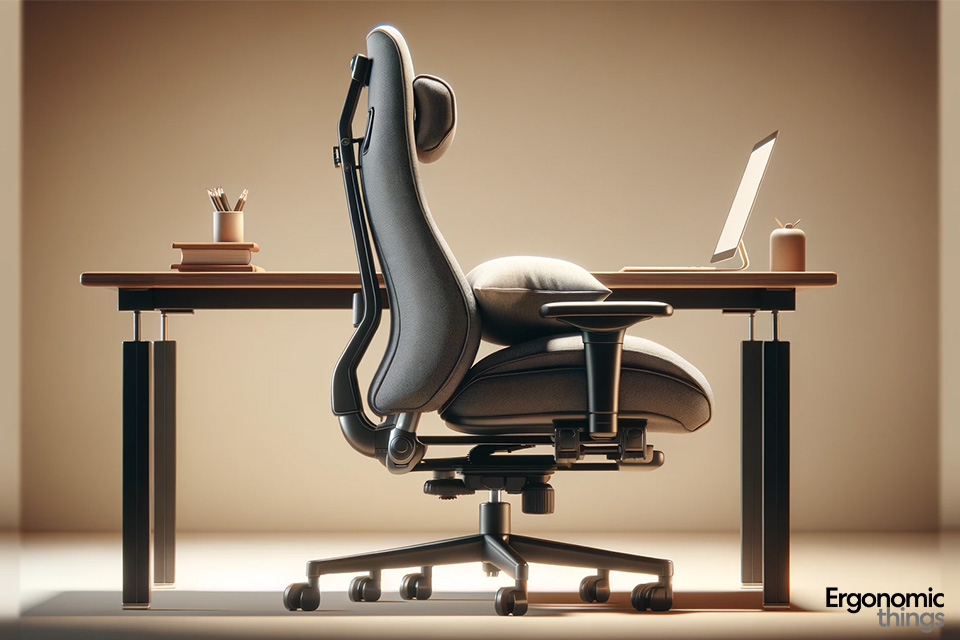
Your chair is the cornerstone of your ergonomic workspace. It supports your body throughout the day, so it’s essential to get this right. If your chair doesn’t offer adequate support, consider using pillows or folded towels to improve posture and comfort. Adjust the height so that your feet rest flat on the floor, with your knees at a 90-degree angle.
Desk Dynamics: Height and Layout
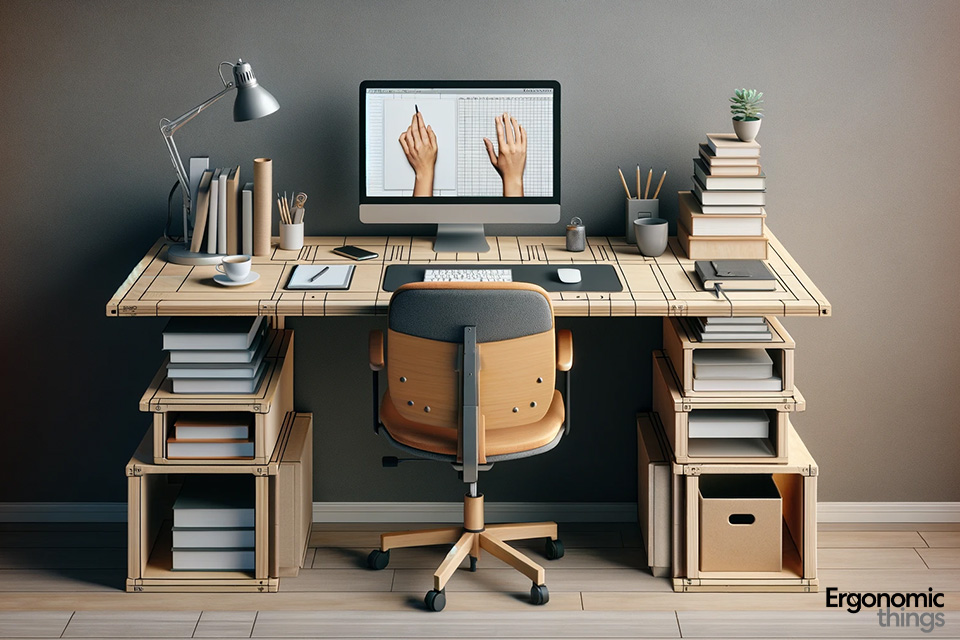
The height and layout of your desk play a pivotal role in maintaining a comfortable posture. If possible, adjust your desk height to ensure your elbows are at a 90-degree angle when typing. Use books or sturdy boxes to elevate your desk if it’s too low. Organize your desk layout to keep essential items within easy reach, reducing unnecessary stretching or straining.
Monitor Magic: Eye Level and Distance
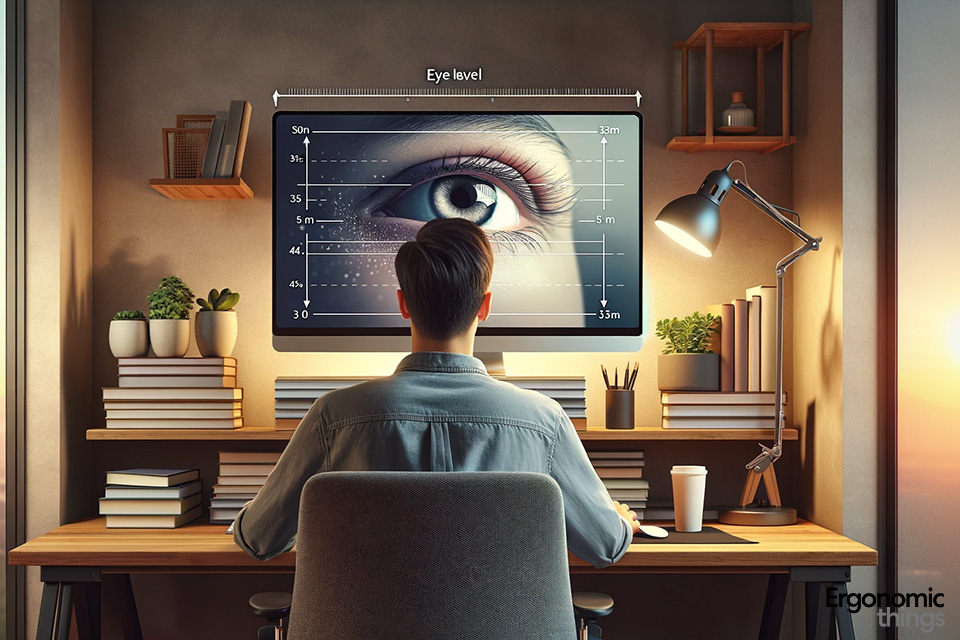
Position your monitor so that the top of the screen is at or slightly below eye level. This can be achieved by stacking books or using a monitor stand. The ideal distance is about an arm’s length away from you. This setup helps reduce eye strain and maintains a healthy neck posture.
The Keyboard and Mouse: Hand in Hand
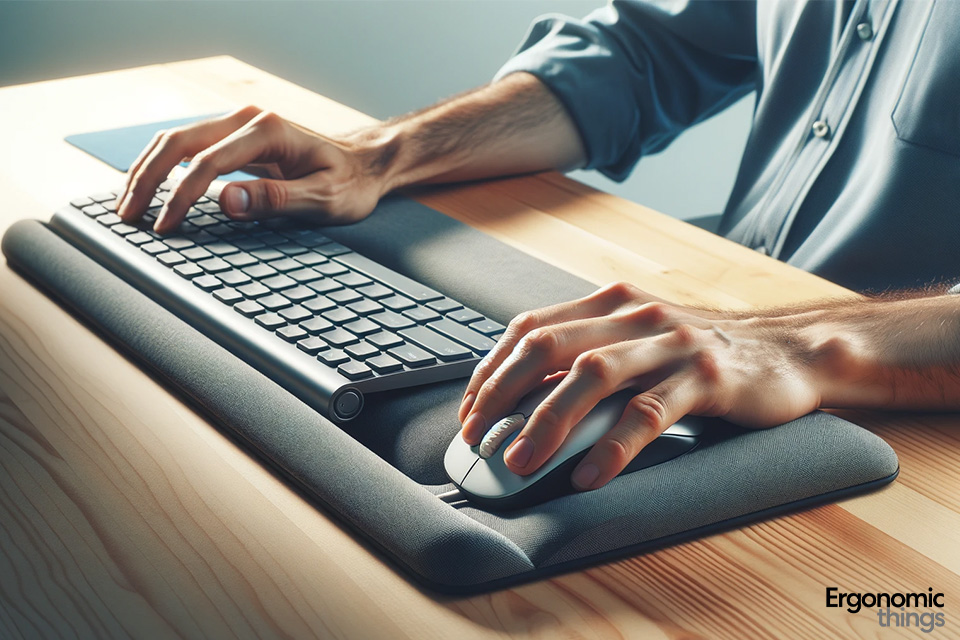
Your keyboard and mouse should be positioned to allow your arms to form a relaxed, natural angle. Use a rolled-up towel or a small pillow as a makeshift wrist rest to keep your wrists in a neutral position, preventing strain.
Lighting: The Unsung Hero of Ergonomics
Good lighting is essential to reduce eye strain and create a comfortable working environment. Position your workspace to take advantage of natural light, and use additional lamps to eliminate shadows or glare on your screen.
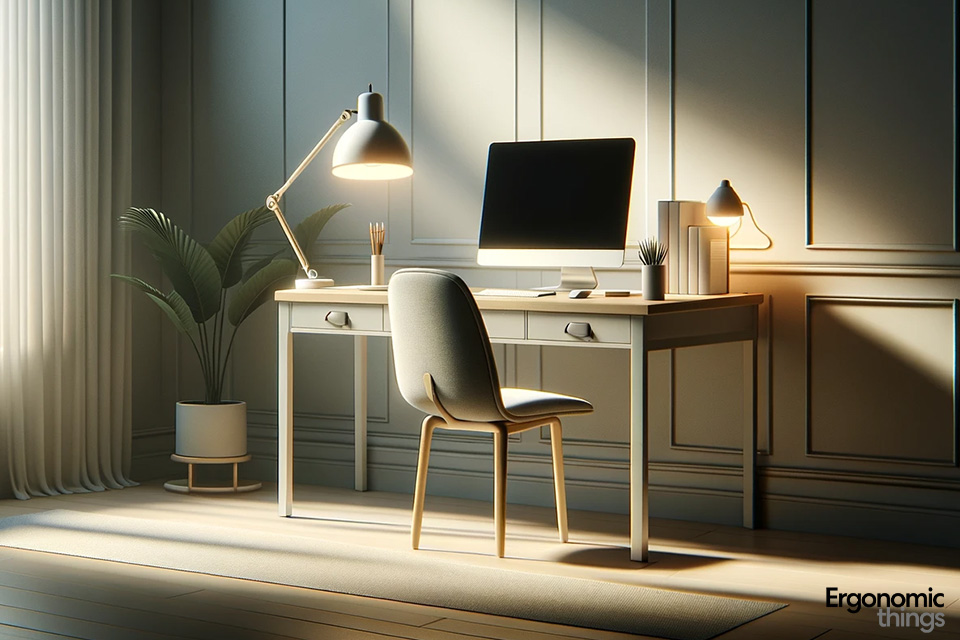
Clutter-Free: The Psychological Aspect
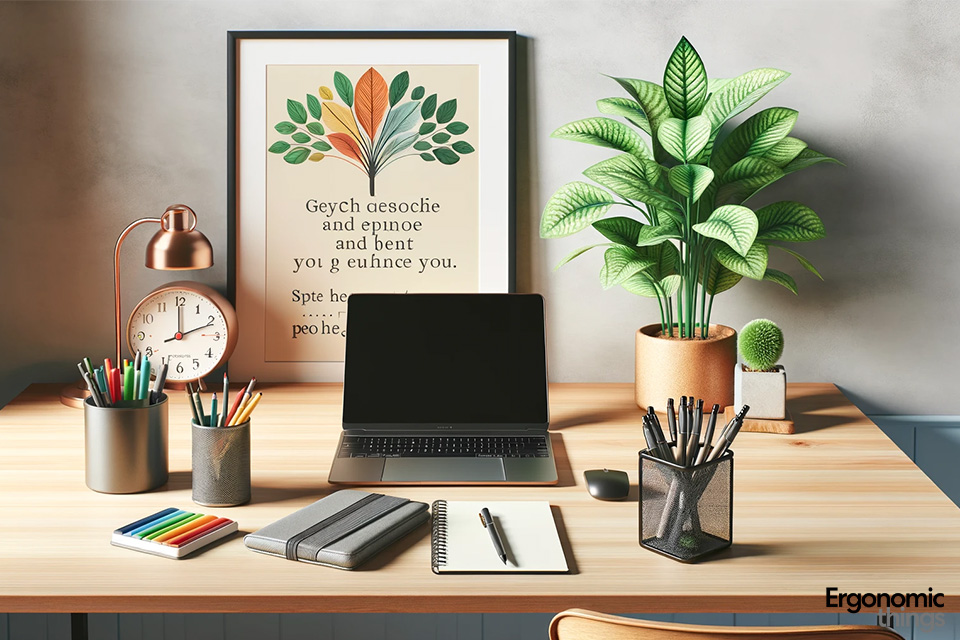
A cluttered desk can lead to a cluttered mind. Organize your workspace to reduce clutter, which not only improves ergonomics by freeing up space but also enhances focus and efficiency.
Break Time: The Art of Movement

Regular breaks are essential for physical and mental health. Incorporate short breaks into your routine to stretch or walk around. This helps reduce muscle fatigue and keeps your energy levels up.
DIY Ergonomic Accessories
Explore simple DIY solutions for ergonomic accessories. For example, use a thick book as a footrest or create a laptop stand from cardboard to improve viewing angles.
The Role of Plants: Green and Serene
Incorporating plants into your workspace can boost mood and productivity. Plus, they can improve air quality, making your ergonomic workspace not only comfortable but healthier too.
Personalizing Your Space
Make your workspace your own. Personal touches not only make your space more enjoyable but can also enhance creativity and satisfaction.
The Ergonomic Mindset
Adopting an ergonomic mindset means being proactive about your comfort and health. Regularly assess your workspace and make adjustments as needed. Remember, ergonomics is an ongoing process.
Creating an ergonomic workspace doesn’t have to be complicated or expensive. With these DIY hacks, you can significantly improve your comfort and productivity using items you already have. The key is to start simple and gradually refine your workspace to suit your needs. Your body—and your work—will thank you.
FAQs
1. How often should I take breaks to maintain an ergonomic workspace? Aim for a short break every 30 to 60 minutes to stretch or walk around. This helps reduce the risk of muscle strain and keeps you refreshed.
2. Can ergonomic improvements really boost productivity? Absolutely! An ergonomic workspace can reduce discomfort and fatigue, leading to improved focus and efficiency.
3. Are there affordable ergonomic chairs that won’t break the bank? Yes, there are budget-friendly ergonomic chairs available. However, using pillows or cushions as adjustments can also make a significant difference.
4. How important is monitor height and distance? Very important. Proper monitor placement can prevent neck strain and reduce the risk of eye strain.
5. Can the layout of my desk affect my posture? Yes, an organized desk layout that keeps essential items within easy reach can prevent unnecessary stretching or straining, thus promoting better posture.

